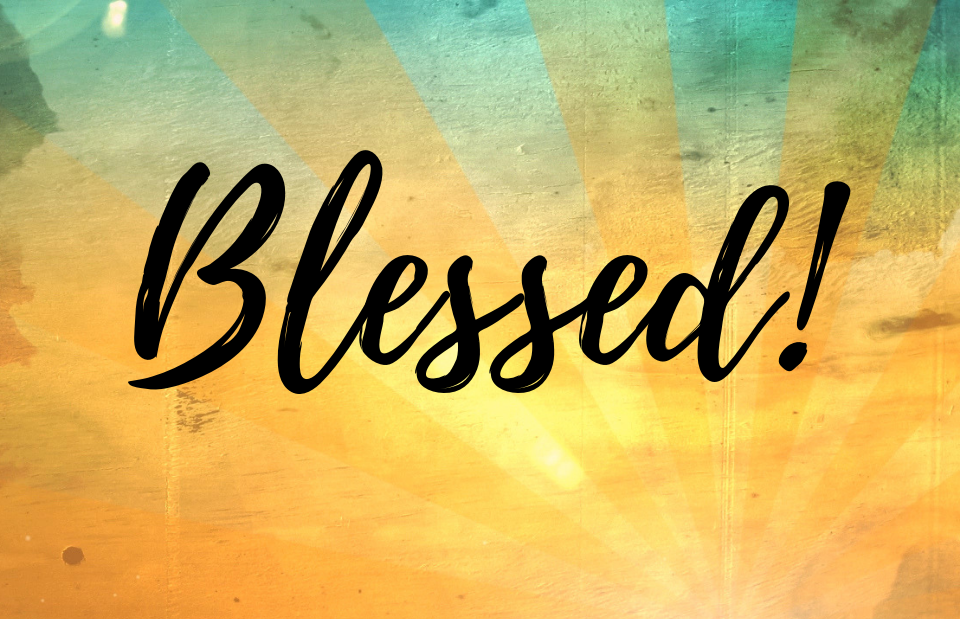In the rich tapestry of Bahá’í teachings, the phrase “Blessed are the eyes that see what you see” encapsulates profound layers of meaning. It invites adherents to delve into the intricacies of perception, spiritual insight, and communal recognition of truth. This idiomatic expression serves as a poignant reminder of the transformative nature of faith and understanding. It encourages a reflective investigation into how divine truths manifest in the lives of individuals, as well as how they resonate within the broader context of humanity.
At the heart of this teaching lies an intrinsic metaphor—the act of seeing. To many, sight pertains solely to the physical act of perceiving with the eyes. However, within the Bahá’í framework, it transcends this rudimentary interpretation. The term “eyes” can be construed as a symbol for wider perception, encompassing emotional and spiritual awareness. When one speaks of seeing in a Bahá’í context, it pertains not only to the acknowledgment of physical realities but also to the recognition of higher truths and virtues that elevate the spirit.
Indeed, the Bahá’í Faith emphasizes the necessity of perceiving the world through a lens of spirituality and unity. The metaphor of seeing underscores the importance of a discerning heart—one that is attentive to the deeper meanings woven into the fabric of existence. The essence of this teaching encourages individuals to expand their understanding beyond the superficial, fostering a profound connection with the divine.
Moreover, the term “blessed” elicits a nuanced understanding of the conditionality of perception. Those who perceive the beauty and grandeur of spiritual truths are deemed “blessed.” This elevation signifies not only the privilege of awareness but also the responsibility it entails. With the recognition of spiritual realities comes the duty to embody those principles in daily life, reflecting the divine virtues of love, kindness, and service. The blessing is thus twofold—an awakening and an obligation, enabling a cycle of enlightenment and action.
The Bahá’í writings assert that the capacity to see truly is the outcome of divine grace, a profound gift that necessitates both humility and diligence. The faithful are reminded that spiritual sight is cultivated through prayer, study, and service. The path to developing this sight may appear arduous, yet it is fortified by the support of a vibrant community committed to the principles of unity and justice. The stronghold of community plays a pivotal role in nurturing this expansive worldview, thereby enhancing the collective capacity to “see” beyond the mundane.
In exploring the metaphor further, it is essential to recognize that the act of seeing encompasses not only the acknowledgment of truth but also understanding its implications and applications within the context of interpersonal relationships. The Bahá’í Faith teaches that as individuals perceive reality through a spiritual lens, they naturally gravitate towards principles of collective existence and harmony. Therein lies one of the remarkable attributes of this teaching: the intertwining of personal realization with social responsibility.
This transformative vision fosters empathy and compassion, essential qualities that facilitate harmonious interactions among diverse individuals. When one truly sees the interconnectedness of all life, it engenders a sense of kinship and community that transcends boundaries—cultural, political, or religious. The blessings of sight, therefore, extend beyond the individual to encompass the collective, advancing the wider goal of global unity. Each individual’s awakening inspires a ripple effect, encouraging others to explore and embrace these profound teachings.
The practicality of this teaching resonates deeply in contemporary society, which often finds itself at the intersection of division and conflict. In an era marked by polarization, the ability to perceive the beauty in others—regardless of differences—becomes indispensable. The Bahá’í framework offers a lens through which individuals may reframe their interactions, fostering dialogue and collaboration where discord may otherwise prevail. Blessed are the eyes that recognize the humanity in all, for they contribute to the healing of a fractured world.
As one contemplates the phrase “Blessed are the eyes that see what you see,” it becomes evident that it speaks to a progressive revelation of truth. In this light, seeing emerges as a dynamic process, one that invites continual exploration and deeper insight. Each moment of realization can unveil new layers of understanding, cultivating a posture of lifelong learning. This aligns harmoniously with the Bahá’í belief in the evolving nature of knowledge, where understanding is not static but a continually unfolding journey of discovery.
Furthermore, the metaphor also encompasses the idea of gratitude. The Bahá’í teachings recognize that those who are privileged to perceive spiritual truths bear a responsibility not only to cherish their insights but also to share them generously. This notion of sharing underscores the purpose of spiritual sight; it is not for mere personal gain but a catalyst for collective enlightenment and elevation. Each individual is called to be a beacon of light, enlightening others’ paths through shared experiences and knowledge.
In conclusion, the Bahá’í teaching “Blessed are the eyes that see what you see” encapsulates the complexities of perception, responsibility, and communal harmony. It serves as a reflective meditation on the power of spiritual insight, emphasizing that true visibility extends beyond mere observation to include profound understanding and empathetic engagement. As individuals embrace this teaching, they embark on a journey of self-discovery and collective transformation, hopeful of creating a world imbued with love, unity, and resilient connection. In seeing, they allow themselves to be vehicles of change, contributing to the luminous vision of a just and harmonious society.
